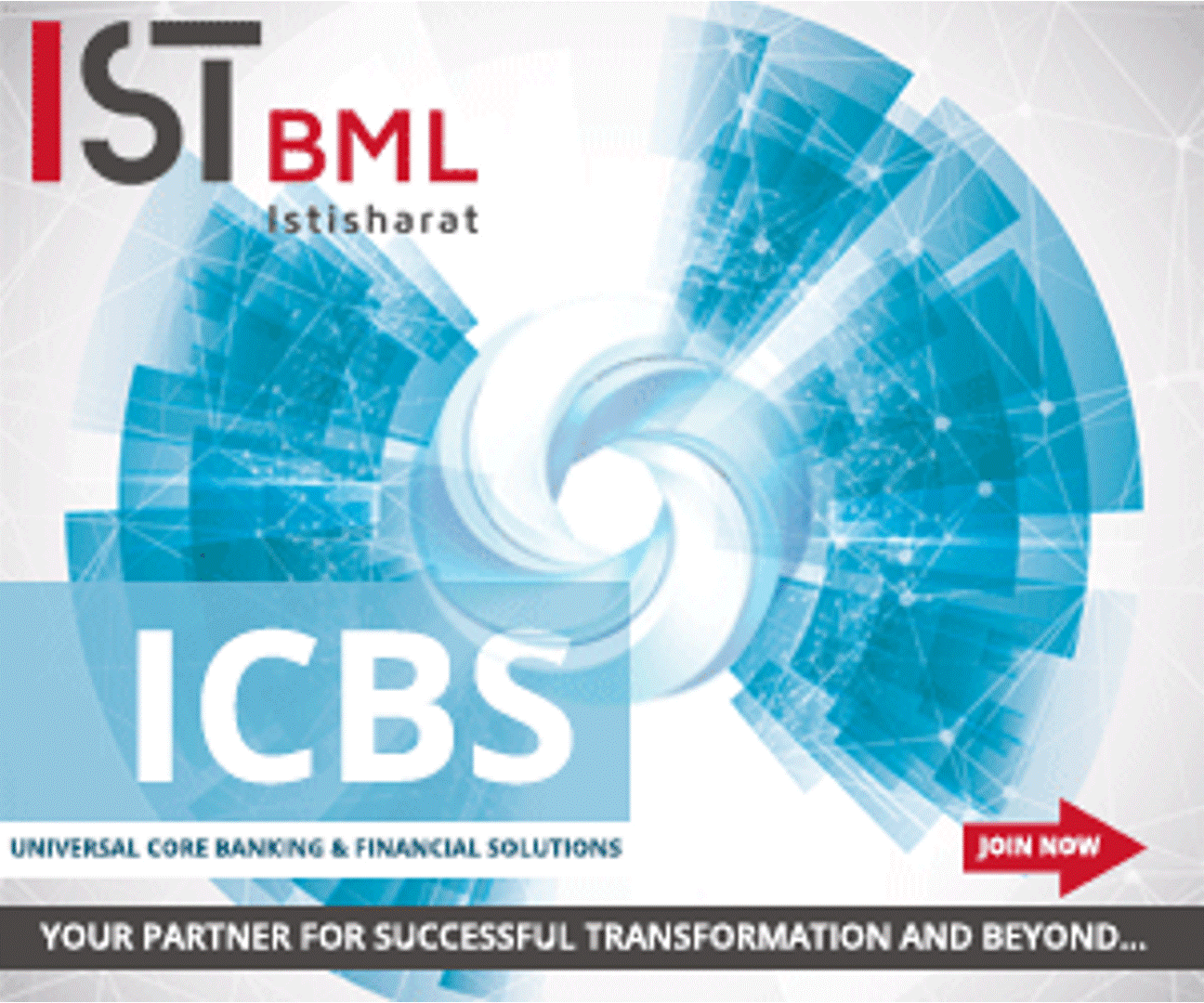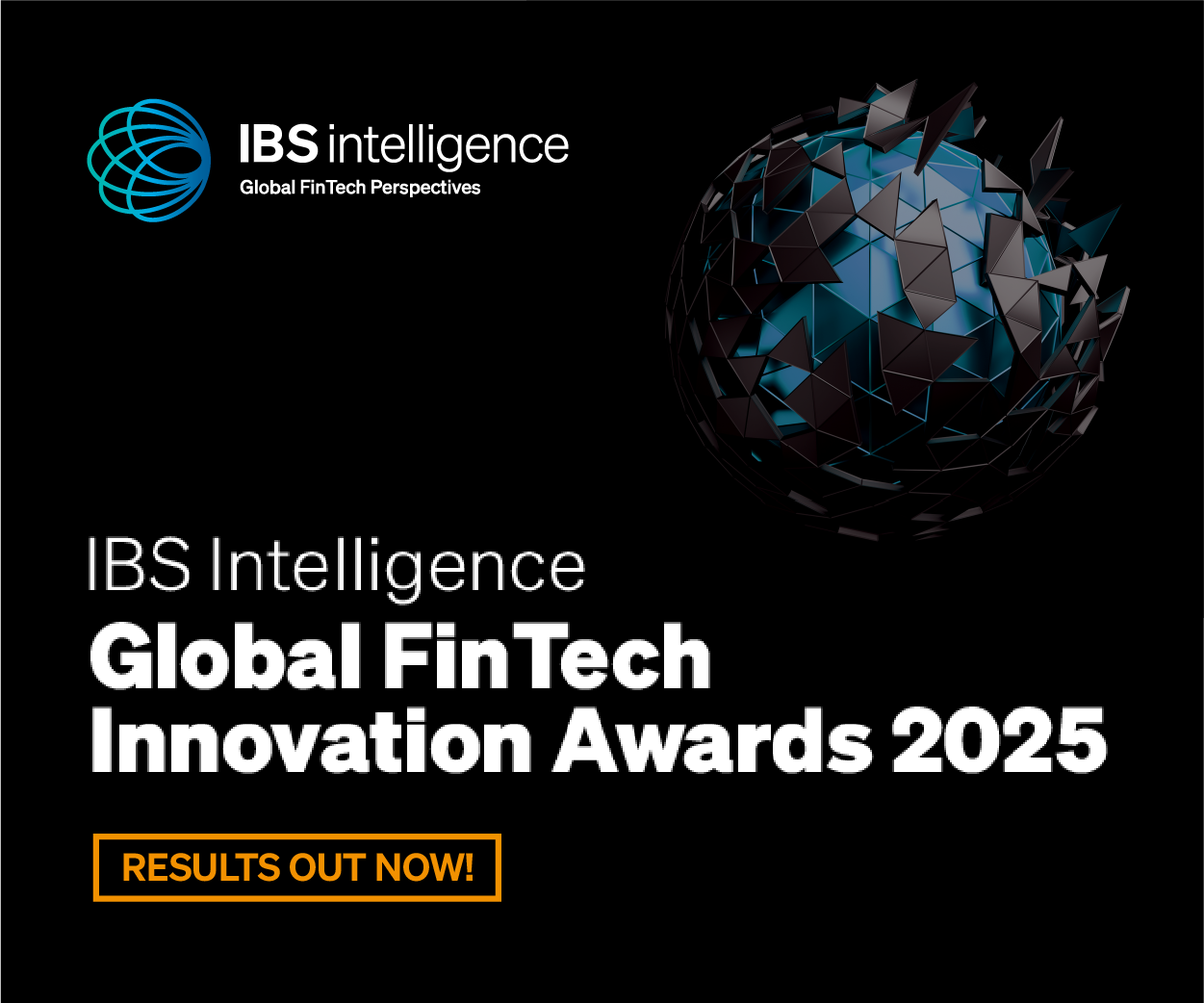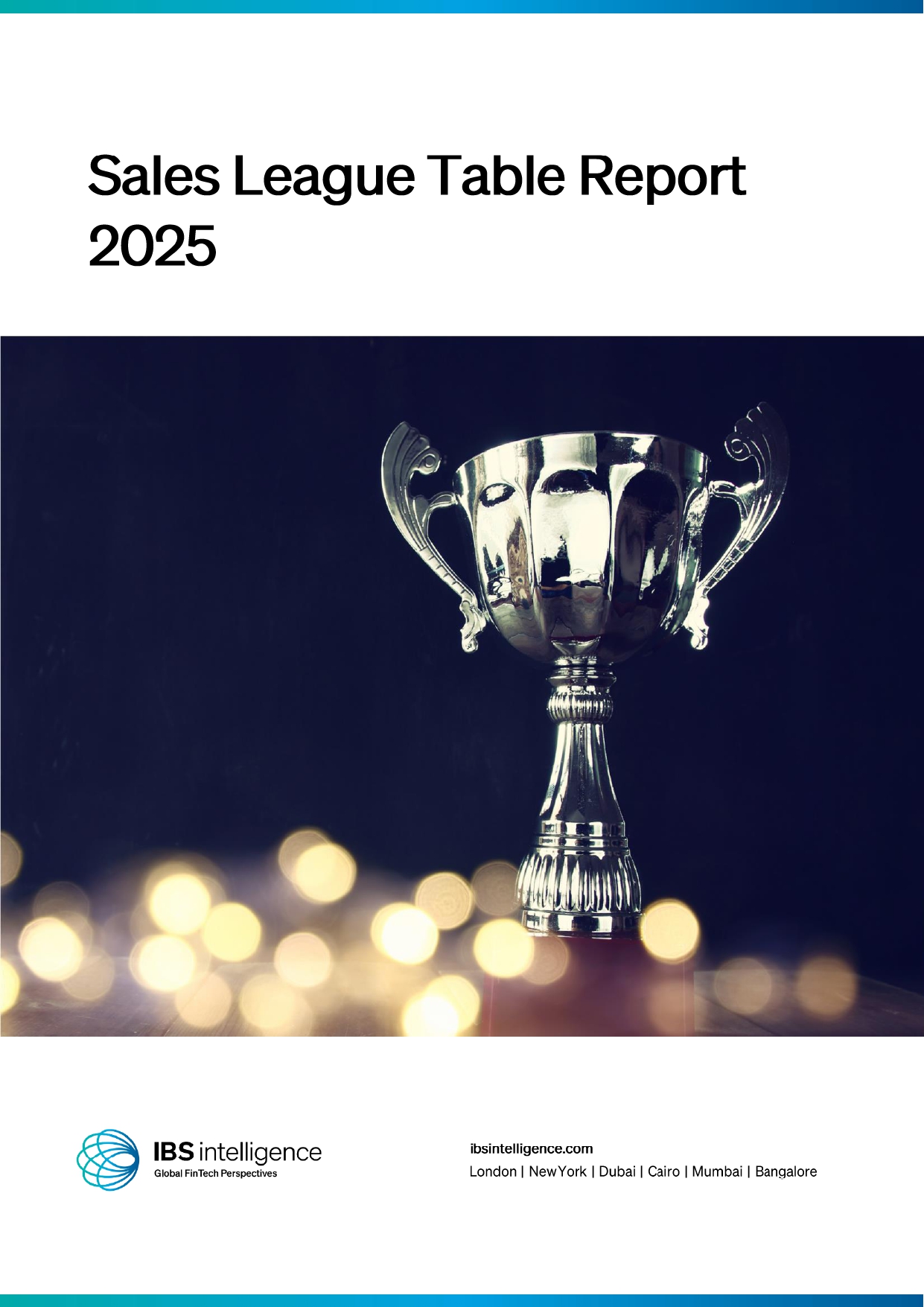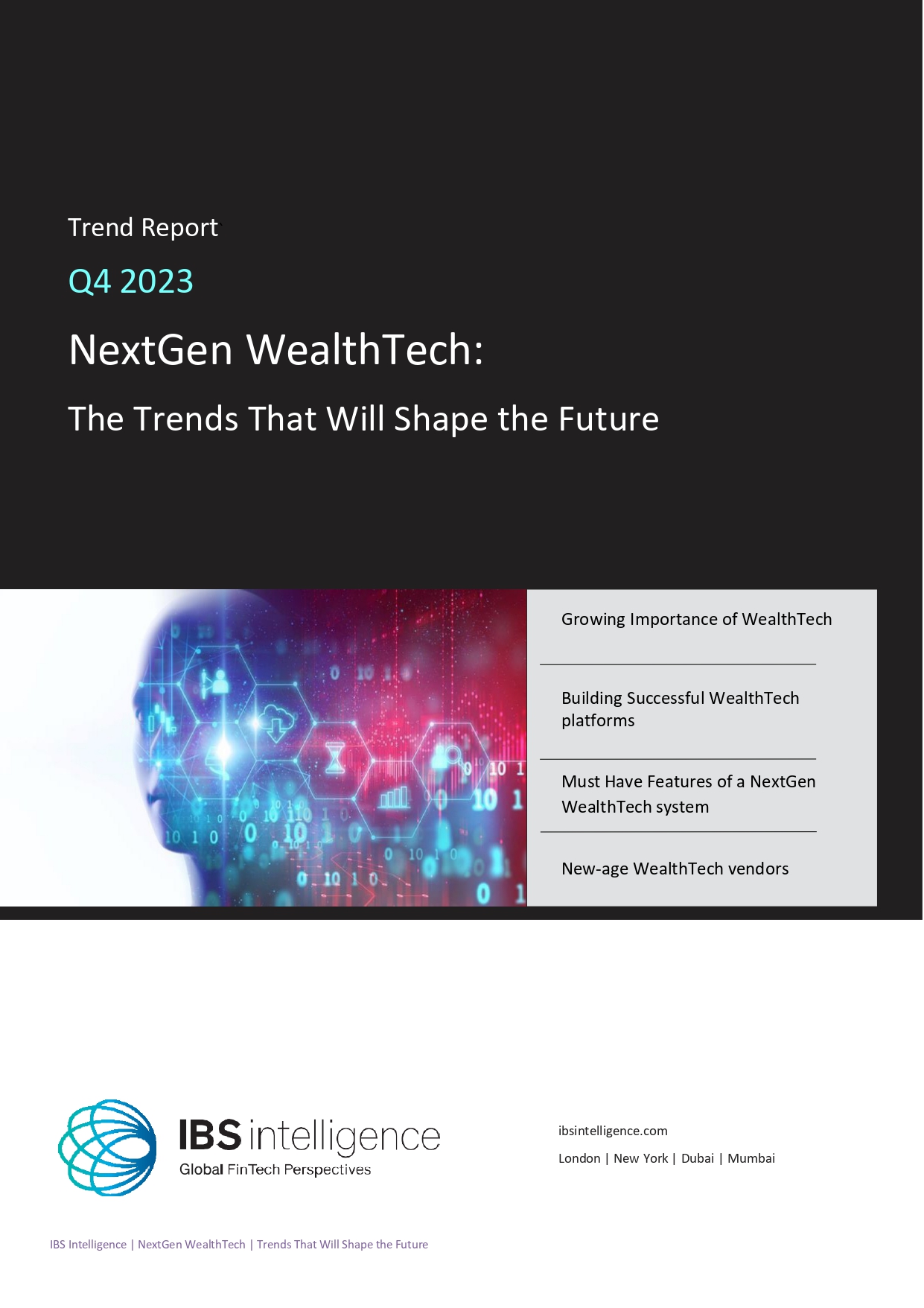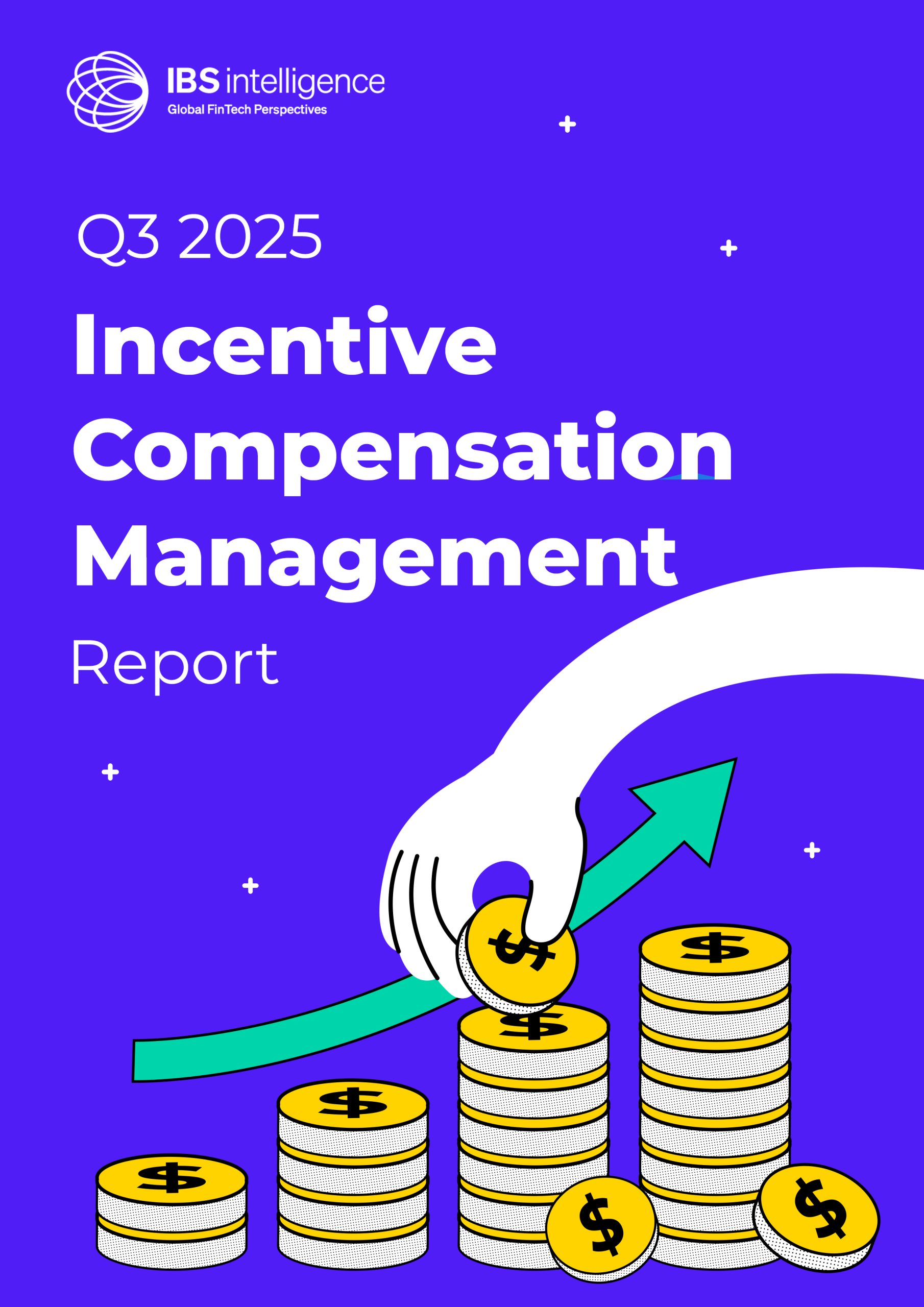 Back
Back
Cross-border payments enter new era with ISO 20022 rollout
By Vriti Gothi


The global financial community has officially completed its transition to ISO 20022 as the common standard for cross-border payments, marking the end of the coexistence period with the legacy MT message format on 22 November. The adoption of the richer, more structured messaging standard represents one of the most extensive infrastructure upgrades in modern payments and is expected to accelerate speed, transparency, and innovation across international transaction flows.
ISO 20022, widely recognised as a core component of the G20’s roadmap for enhancing cross-border payments, enables the exchange of more detailed and consistent data between financial institutions. By facilitating improved operational efficiency, strengthened compliance processes, and enhanced customer experiences, the standard also lays the groundwork for future digital currency interoperability. Analysts note that its adoption is a critical step in aligning global payment systems with the evolving needs of a fast-paced digital economy.
The milestone follows several years of coordinated effort across banks, payment market infrastructures, and the broader Swift community. In 2018, Swift announced its commitment to adopt ISO 20022 for cross-border payments. To ease the transition, a formal coexistence period began in March 2023, allowing institutions to gradually adapt their systems to the new format. As of this week, ISO 20022 is now mandatory for all payment instructions, with SWIFT reporting that 97% of messages are already being transmitted in the updated standard. For the remaining legacy MT messages, an interim conversion service is in place to ensure uninterrupted payment flows.
Jerome Piens, Chief Operations Officer at Swift, described, “ISO 20022’s rich, structured data is foundational to the future of payments and a cornerstone of Swift’s strategy to enable an instant, frictionless, interoperable, and inclusive future,” he said. Piens added that the transition will enhance risk and control capabilities, support regulatory compliance, and underpin forthcoming innovations, including Swift’s global payment scheme designed for consistent retail experiences and its blockchain-based shared ledger for tokenised value.
Industry observers highlight that the completion of the ISO 20022 migration is less an endpoint than a launching pad. With technical readiness largely achieved, the focus is expected to shift toward leveraging the standard’s potential to unlock new use cases, improve liquidity management, and facilitate richer analytics. Financial institutions are now exploring how structured data can support faster reconciliation, more precise fraud detection, and enhanced reporting to regulators and corporate clients.
Swift has indicated that it will continue collaborating with banks and market infrastructures to optimise payment flows and support the adoption of innovative applications. The organisation is providing tools, analytics, and guidance to help institutions harness ISO 20022’s capabilities, signalling a move toward a more data-driven and interoperable global payments ecosystem.
The transition to ISO 20022 represents a significant inflection point for cross-border payments. By standardizing how payment information is transmitted globally, the financial sector is better positioned to meet growing demand for efficiency, transparency, and innovation, while simultaneously preparing for the integration of digital currencies and other emerging payment technologies.
Previous Article
IBSi FinTech Journal

- Most trusted FinTech journal since 1991
- Digital monthly issue
- 60+ pages of research, analysis, interviews, opinions, and rankings
- Global coverage

